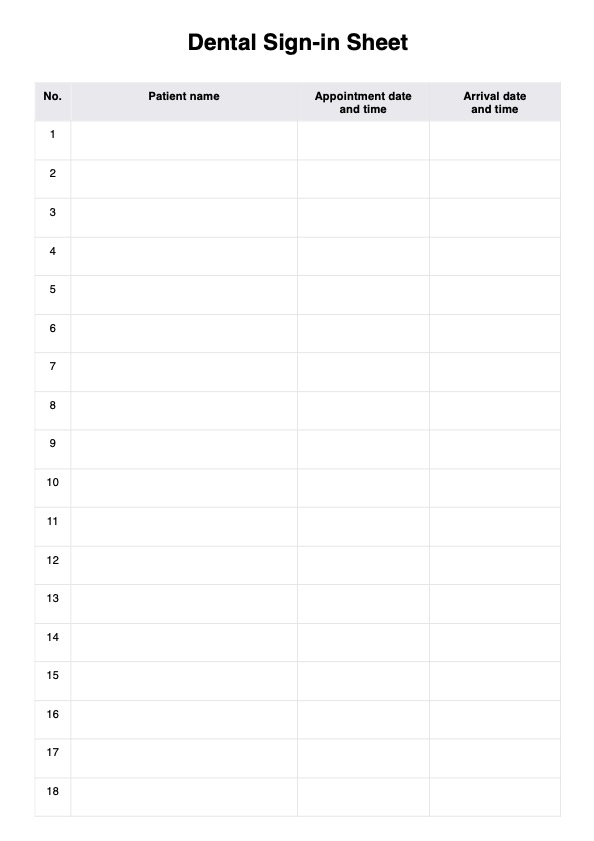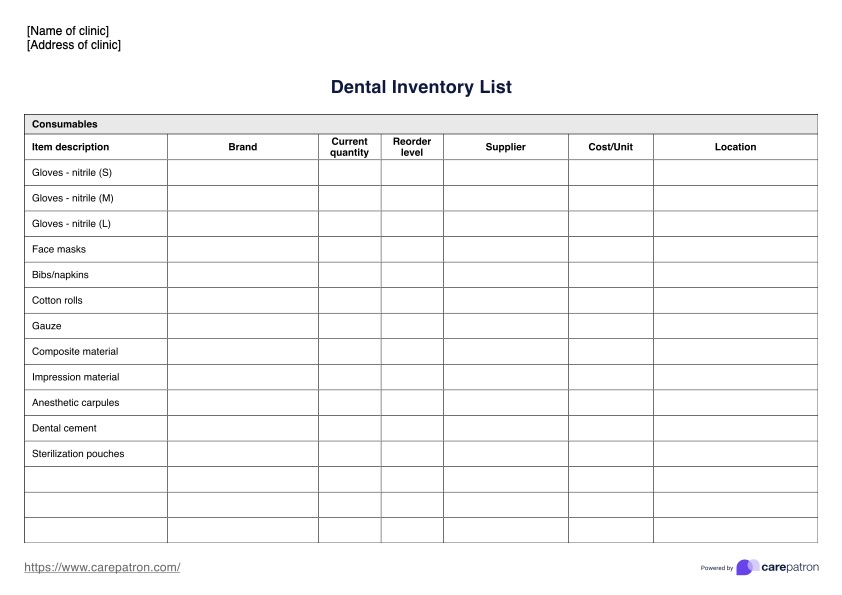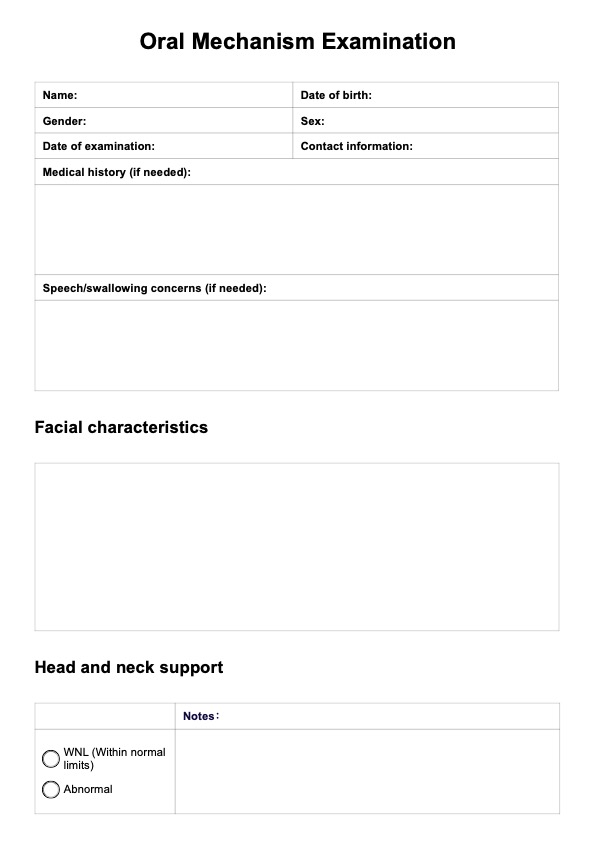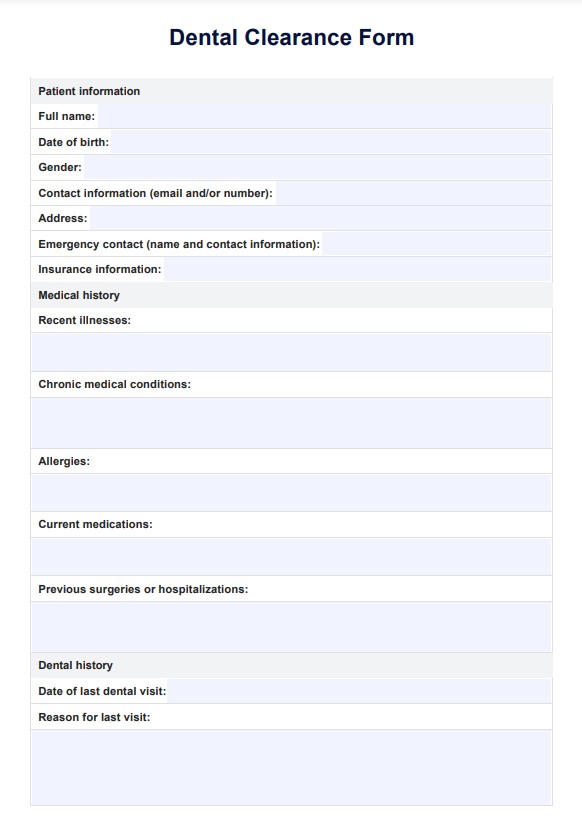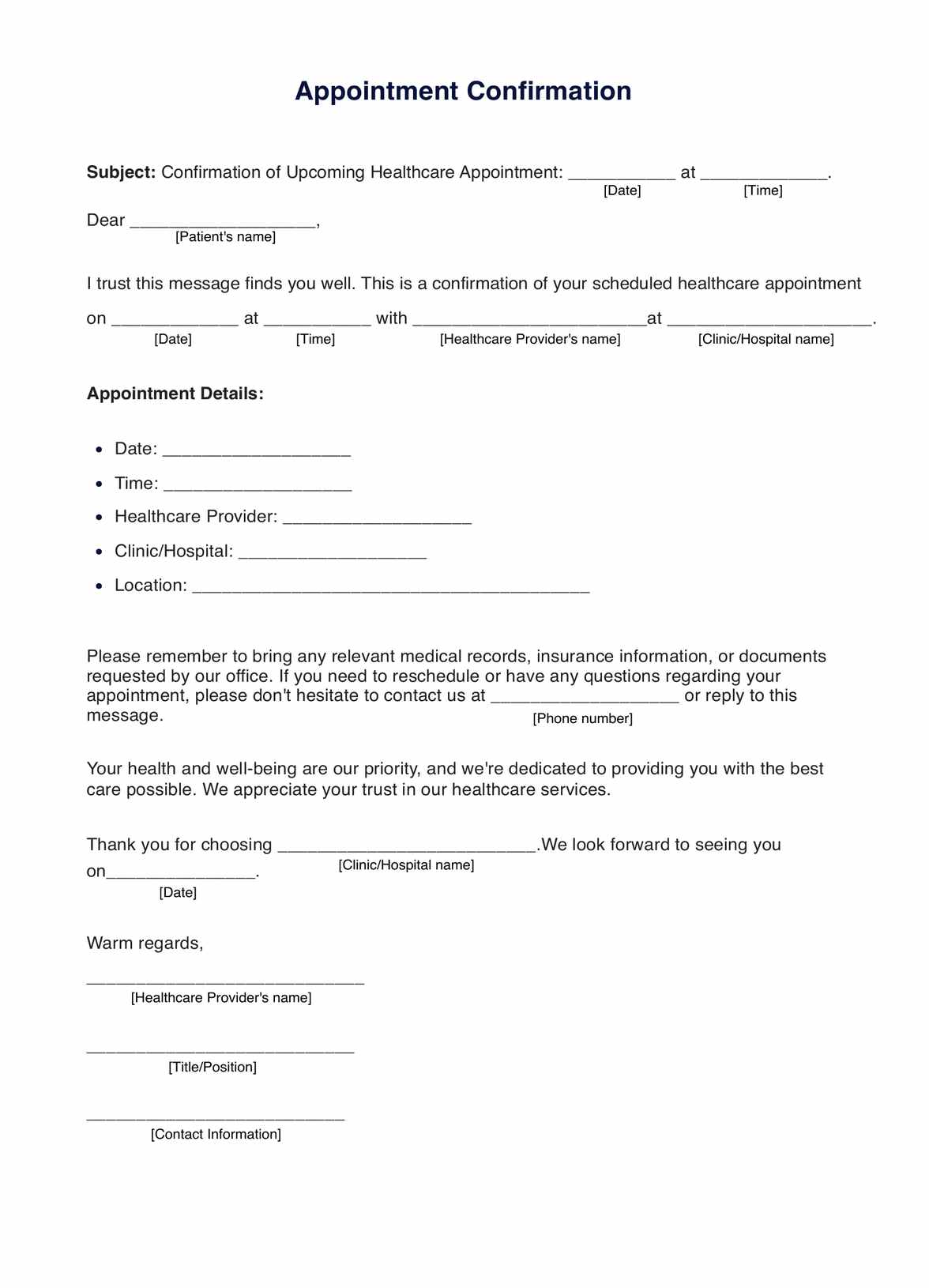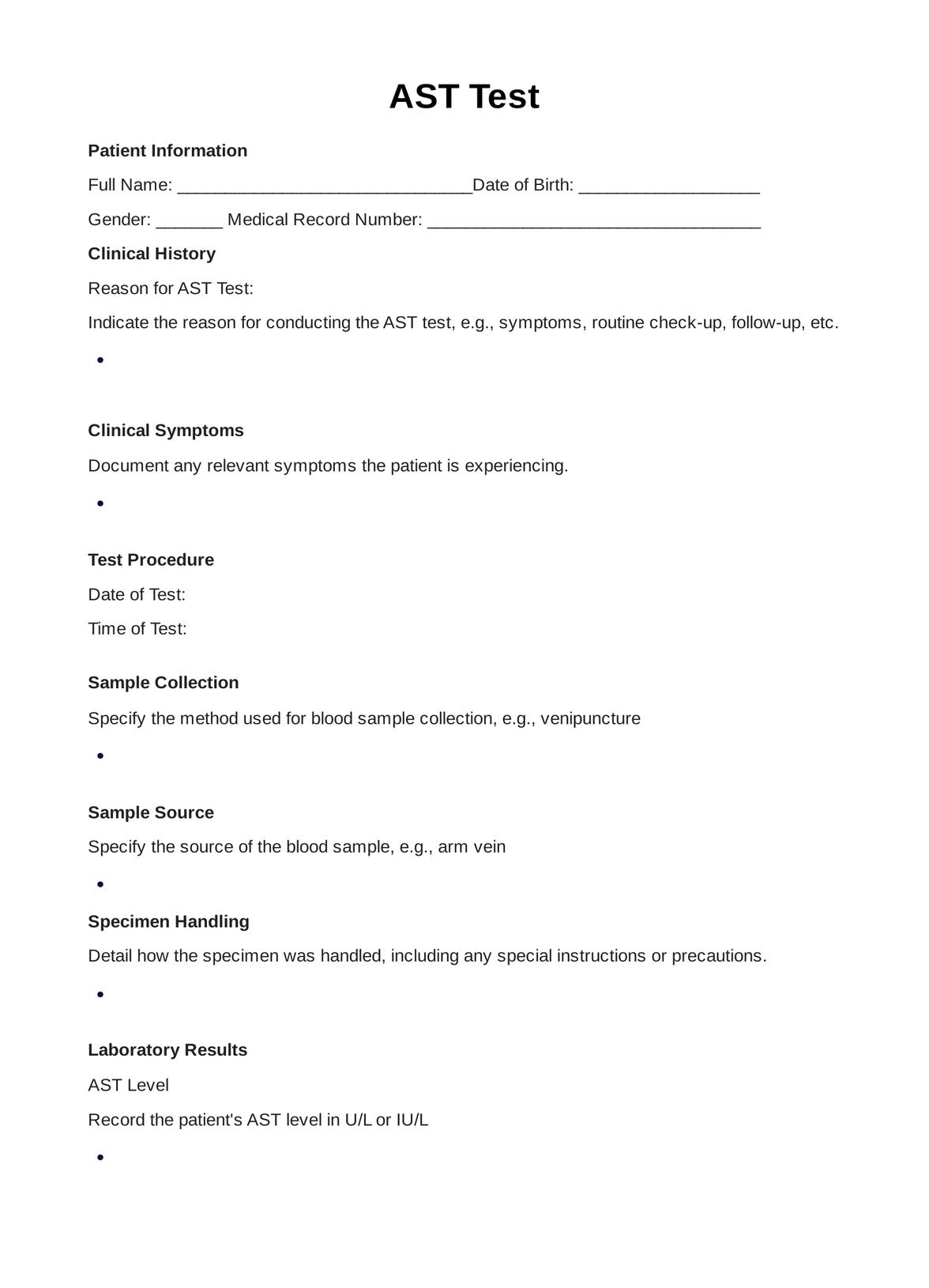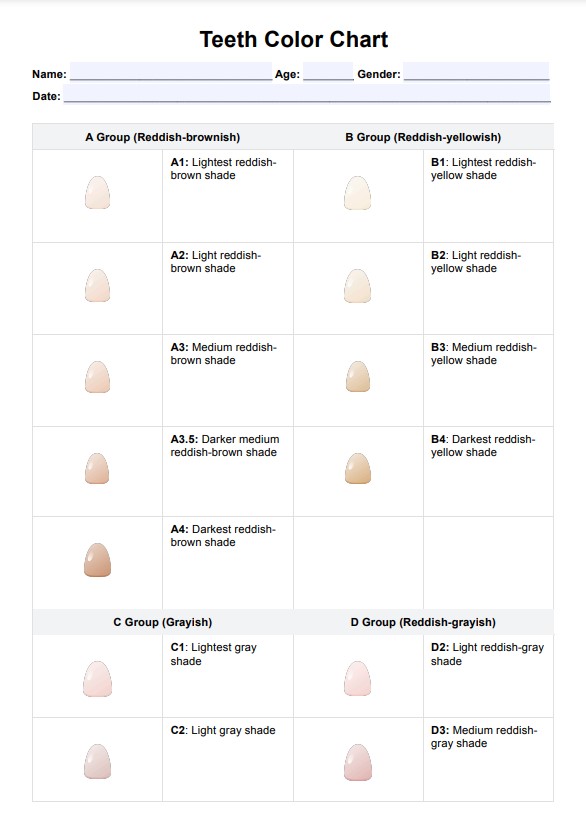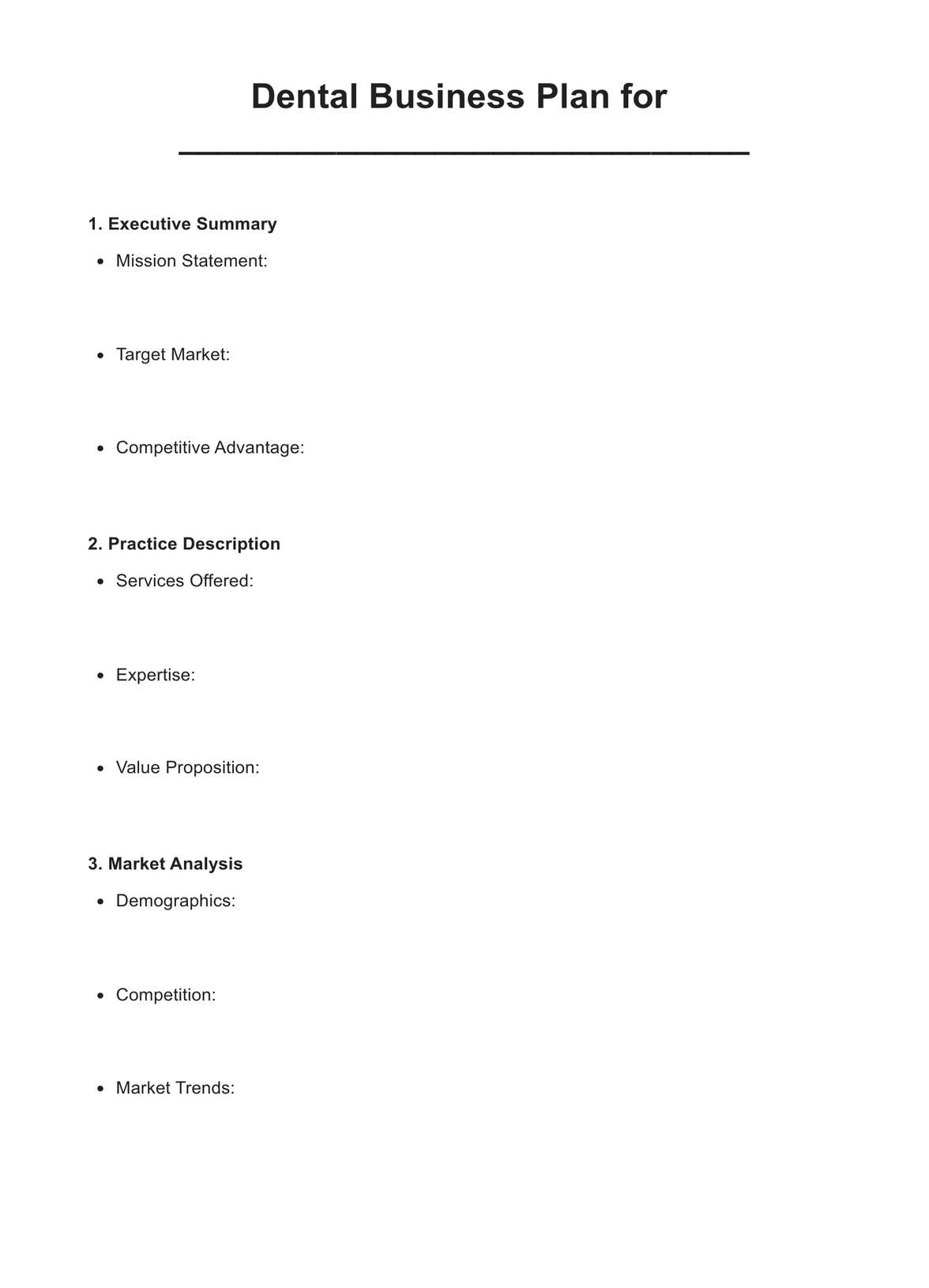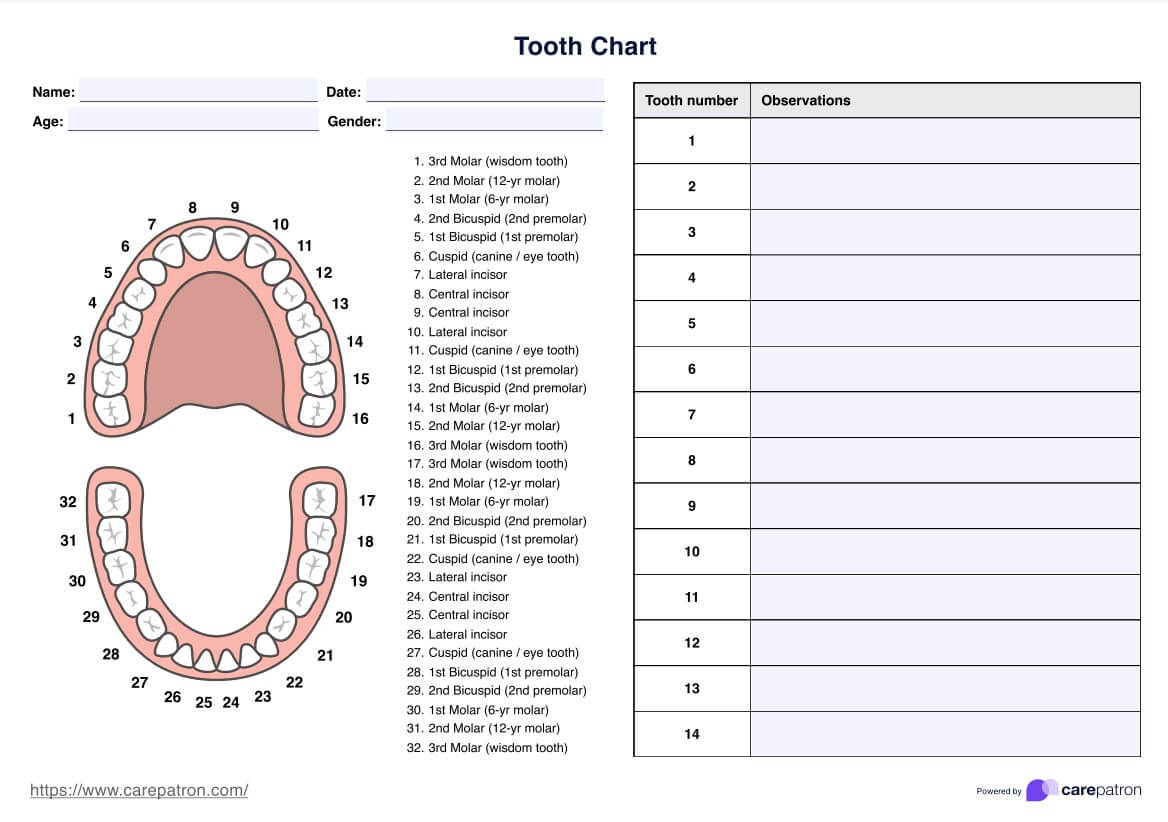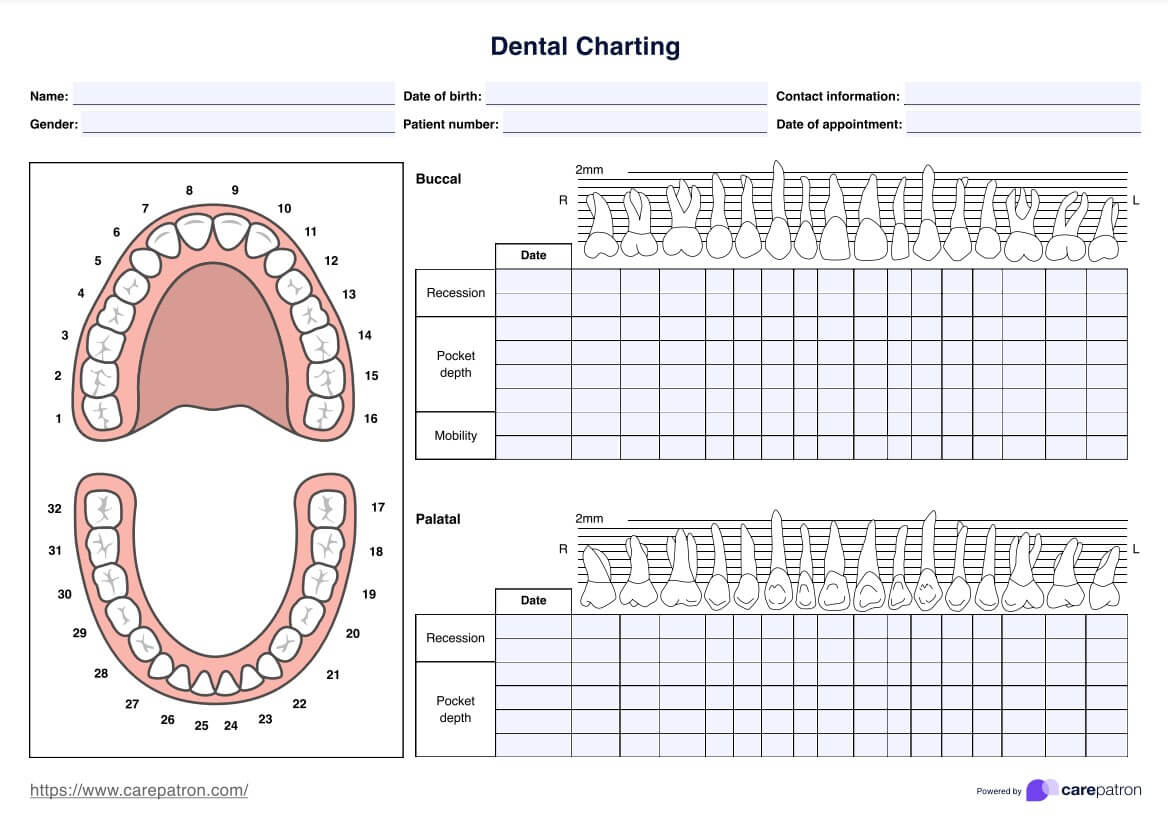Wisdom Teeth Chart
Keep track of your patient’s molars to maintain their dental health or easily spot possible issues that may arise with the help of a wisdom teeth chart.


What is a Wisdom Teeth Chart?
A Wisdom Teeth Chart is a comprehensive diagram that provides an informative overview of human teeth, emphasizing the systematic classification of teeth. Wisdom teeth, or third molars, typically emerge during the late teens or early twenties, marking the final phase of dental development. This chart proves invaluable in dentistry, aiding practitioners in understanding the arrangement and potential complications associated with these molars and helping their patients maintain good oral health.
The chart also refers to the one widely utilized system for tooth enumeration, the Universal Numbering System, which dentists frequently employ in the United States. According to this scheme, wisdom teeth, also known as mandibular wisdom teeth, are designated as 1, 16, 17, and 32. This sequence begins with the upper right wisdom tooth, proceeding clockwise to the lower right wisdom tooth. Correspondingly, each wisdom tooth bears a name derived from its quadrant and position. For instance, the upper right wisdom tooth is identified as the maxillary right third molar, while the lower left is known as the mandibular left third molar.
The provided Wisdom Teeth Chart template offers a clear illustration, presenting each wisdom tooth’s quadrant, number, and corresponding name. The visual aid wherein the permanent teeth are categorized based on their position in the mouth, including the upper jaw known as the maxillary arch, facilitates a better comprehension of dental anatomy, supporting individuals in understanding and addressing potential issues related to wisdom teeth, such as crowding, infection, or impaction. As an essential tool in dental practice, the wisdom teeth chart guides professionals and patients, enhancing communication and informed decision-making regarding dental health.
Wisdom Teeth Chart Template
Wisdom Teeth Chart Example
How does the Wisdom Teeth Chart work?
To make the most out of the teeth diagram with wisdom teeth or wisdom teeth number chart, follow the steps below:
Step 1: Acquire and download the template
To conveniently acquire a valuable tool like the Wisdom Teeth Chart, select either the "Download Template" or "Use Template" button. Alternatively, you can find the chart within Carepatron's template library on the app or website by entering "Wisdom Teeth Chart” in the search bar.
Step 2: Capture essential information
To enhance the chart's utility beyond serving as a visual aid for patient education, input essential patient details as the initial step.
Step 3: Document
Subsequently, utilize the dedicated sections to log the condition of the wisdom teeth. In addition, the template features a dedicated section for your notes, allowing for observations, findings, or a list of further tests needed to investigate any issue thoroughly or clarify points of concern.
Step 4: Safeguard the template copy
Post-consultation, you must ensure the template's security by restricting access solely to authorized individuals. For digital copies, it is advisable to utilize Carepatron, a secure electronic patient record software that adheres to global security standards, ensuring the safeguarding of all patient records.
When would you use this Wisdom Teeth Chart?
The Wisdom Teeth Chart is a versatile tool with applications in various aspects of dental care. Understanding the numbers and names of adult teeth, including wisdom teeth, is essential for comprehensive dental health.
Pinpoint teeth needing intervention
Dentists, and even oral and maxillofacial surgeons, employ the chart primarily to pinpoint specific teeth requiring treatment. By referencing the chart, dentists can efficiently identify problematic areas in the wisdom teeth roots and facilitate targeted interventions like wisdom teeth removal. For instance, if a patient presents with a cavity in tooth number 32, the dentist can promptly locate the lower right wisdom tooth and proceed with the necessary dental procedure.
Self-monitoring
Patients, too, find utility in the Wisdom Teeth Chart for self-monitoring dental health. Individuals can inform their dentist about specific concerns by keeping track of missing, affected, or wisdom teeth removed using the chart. For example, if a patient notes the absence of tooth number 17, they can discuss with their dentist about potential options for replacing the lower left wisdom tooth.
Educational tool
The Wisdom Teeth Chart serves as an educational tool, particularly for children. Parents can utilize the chart to elucidate the significance of oral hygiene practices for wisdom teeth, emphasizing the importance of regular brushing and flossing. The chart's visual representation aids in conveying these concepts, especially as wisdom teeth are often challenging to access or prone to decay.
Help in identifying dental issues
Additionally, tooth numbers on the chart become valuable indicators in identifying dental issues such as cavities. Patients experiencing discomfort in the back of their mouth can consult the chart to determine the corresponding tooth number for the affected area. This informed approach enables patients to communicate the precise location of the problem to their dentist, expediting the diagnostic process and facilitating targeted treatment.
Wisdom tooth status
The Wisdom Teeth Chart offers crucial insights into the status and condition of each wisdom tooth, guiding dental care and potential interventions. Here are some possible results and their implications:
Erupted
This means that the wisdom tooth has fully emerged from the gum and is visible in the mouth. Teeth labeled erupted may require regular cleaning and check-ups. The potential for problems like decay and gum disease depends on factors like alignment, size, and shape. Ongoing dental care is essential to maintain their health and prevent complications.
Partially erupted
This status indicates that the wisdom tooth has partially emerged from the gum, with some of the crown still covered by gum tissue Partially erupted wisdom teeth are prone to infection, inflammation, and pain. The risk increases as bacteria and debris can accumulate under the gum flap. Additionally, there's a potential for damage to adjacent teeth or crowding.
Impacted
This signifies that the wisdom tooth cannot emerge from the gum and is trapped within the jawbone or soft tissue. As a result, impacted wisdom teeth pose various complications, including damage to other teeth, cysts, tumors, nerve damage, or jawbone loss. Although not visible in the mouth, dental X-rays are crucial for detection.
Missing
This status means that the wisdom tooth is absent or never developed. Do note that missing wisdom teeth are not uncommon, and they generally do not pose problems unless associated with a genetic disorder or syndrome. Some individuals may naturally have fewer than four wisdom teeth or none at all.
Commonly asked questions
Dentists or oral surgeons are most likely to use a wisdom teeth chart.
Wisdom Teeth Charts are used when the patient reaches the age when wisdom teeth are expected to grow between the ages of 17 and 25.
Wisdom Teeth Chart can be used as an educational resource, reference, or document to help the dentist or oral surgeon keep track of the growth and condition of the patient's wisdom teeth.










